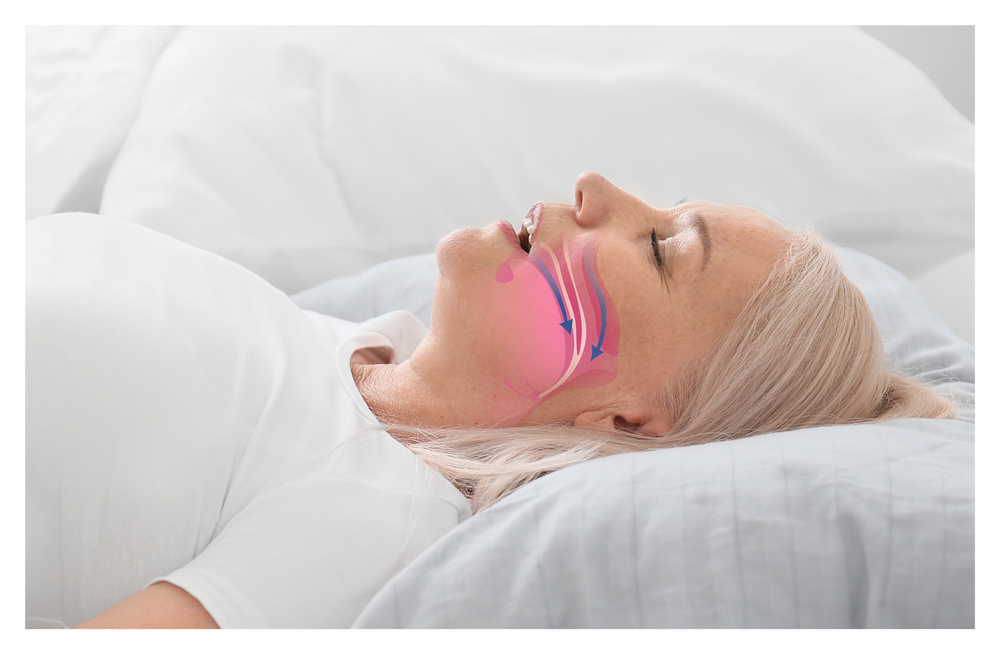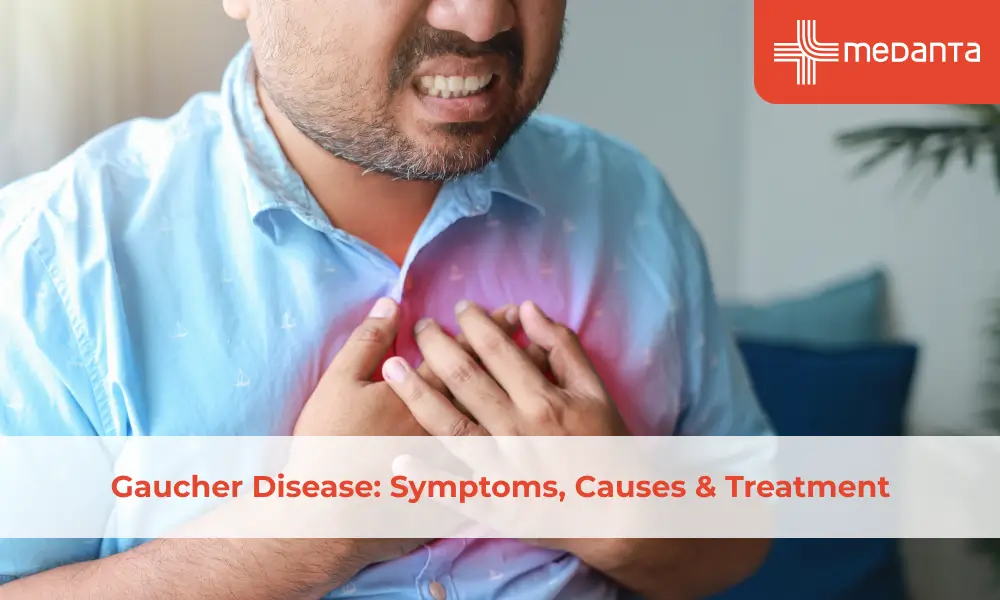Decoding Apnea: Unmasking the Mystery Behind Sleep's Silent Intruder

Apnea is a sleep disorder in which breathing is interrupted repeatedly. This ‘start and stop’ breathing can cause serious health problems such as hypertension, stroke, cardiomyopathy, heart failure, diabetes, and heart attacks if not treated. The main types of sleep apnea are:
- Obstructive sleep apnea: This is the more common form occurring when throat muscles relax
- Central sleep apnea: This occurs when the brain fails to send proper signals to the muscles controlling breathing
- Complex sleep apnea syndrome: Also known as treatment-emergent central sleep apnea, which occurs in people having both obstructive and central sleep apnea.
Causes:
People experience apnea when the muscles behind the throat relax. These muscles are responsible for providing support to the soft palate, uvula, tonsils, the side walls of the throat, and the tongue. During muscle relaxation, the air passage narrows or closes as you breathe in. The absence of enough air can lower the oxygen level in the blood. Our brain senses this inability to breathe and briefly awakens us from sleep to ensure to reopen our airways. Although one might snort, choke, or gasp, one usually doesn't remember it as this awakening is very brief. This pattern might recur five to 30 times or more each hour, all night, disturbing the ability to reach the deep and restful phases of sleep.
Central sleep apnea is not a common form of apnea that occurs when the brain does not transmit signals to the breathing muscles. That means the body does not make an effort to breathe for a short period, which might lead to awakening with shortness of breath or having a difficult time staying asleep.
Symptoms:
The signs and symptoms of obstructive and central sleep apneas are mostly similar, which oftentimes makes it difficult to differentiate between the various types. The most common signs and symptoms include:
- Loud snoring
- Gasping for breath during sleep
- Awakening with a dry mouth
- Morning headache
- Difficulty staying asleep (insomnia)
- Excessive daytime sleepiness (hypersomnia) and fatigue
- Difficulty paying attention while awake
- Irritability
Diagnosis:
If you have symptoms similar to those of sleep apnea, you may be advised to see a doctor and get tested. The doctor might suggest the following tests:
- Polysomnogram (PSG): Also called an Overnight sleep study. A PSG is supervised by a trained technologist and performed in a sleep laboratory. During the test, a variety of body functions are monitored, such as the brain’s electrical activity, eye movements, muscle activity, heart rate, breathing patterns, airflow, and blood oxygen levels at night during sleep. After the study is completed, these data along with the number of times breathing is impaired during sleep is analysed to determine the severity of the sleep apnea.
- Home Sleep Test (HST): This can be performed for adults sometimes. This is a modified PSG done in the comfort of your home but it records fewer body functions including airflow, breathing effort, blood oxygen levels and snoring to confirm the presence and severity of obstructive sleep apnea. It is not an appropriate screening tool for asymptomatic patients and patients with significant medical problems (such as heart failure, moderate to severe cardiac disease, neuromuscular disease or moderate to severe pulmonary disease). It’s also not used for patients who bear other sleep disorders along with suspected obstructive sleep apnea.
Treatments:
Treatments can take different forms depending on the type and grade of sleep apnea. Conservative treatments: In mild cases of obstructive sleep apnea, conservative therapy may be very effective, which includes the following terms:
- Overweight persons can benefit from losing weight.
- Avoid the use of alcohol and certain sleeping pills.
- In some patients wedge, pillow or other devices that help them sleep in a side position may help.
- Using nasal sprays or breathing strips can be helpful for people with sinus problems or nasal congestion to reduce snoring and enhance airflow.
- Avoiding sleep deprivation
Mechanical therapy:
- Positive Airway Pressure (PAP) therapy is the best choice for initial treatment for most people with obstructive sleep apnea. With PAP therapy, patients are given a mask to wear over their noses and/or mouth. An air blower gently moves air through the nose and/or mouth. The air pressure can be adjusted to prevent collapsing of the upper airway tissues during sleep. PAP therapy is not a permanent fix and apnea episodes will return when PAP is stopped or used improperly. There are different styles, and types of PAP tending to the specific needs of patients including:
- CPAP (Continuous Positive Airway Pressure) is the most famously used PAP device and it is set at one single pressure.
- Bi-Level PAP: uses two types of pressure, one during inhalation, and a lower one during exhalation.
- Auto CPAP or Auto Bi-Level PAP: uses various ranges of pressures that are self-regulating depending on pressure requirements detected by it while in use.
- Adaptive Servo-Ventilation (ASV): non-invasive ventilation used for patients with central sleep apnea.
- Mandibular advancement devices: Used for patients with mild to moderate obstructive sleep apnea, these devices are dental appliances or oral mandibular advancement devices that prevent the tongue from obstructing the throat.
- Hypoglossal nerve stimulator: Implantation of a simulator is done under the skin on the right side of the chest with electrodes burrowed under the skin to the hypoglossal nerve in the neck and intercostal muscles in the chest. The device can be operated using a remote control. While breathing, the stimulator activates the hypoglossal nerve moving the tongue forward out of the airway and opening the airway.
Surgery:
Surgical procedures may be a good option for people with obstructive sleep apnea and people who snore but don’t have sleep apnea. It is used as a solution to excessive or malformed tissue such as a deviated nasal septum, prominently enlarged tonsils, or a small lower jaw with an overbite that makes the throat abnormally narrow. These procedures are typically performed after the conservative measures have failed and PAP did not help. Types of surgery include:
- Somnoplasty: a minimally invasive procedure using radiofrequency to diminish the soft tissue in the upper airway.
- Tonsillectomy: a procedure that extracts the tonsillar tissue in the back of the throat which is a common cause of apnea in children.
- Uvulopalatopharyngoplasty (UPPP): a procedure that removes soft tissue present behind the throat and palate, to help increase the width of the airway at the throat opening.
- Mandibular/maxillary advancement surgery: certain facial abnormalities or throat obstructions are surgically corrected to prevent obstructive sleep apnea.
- Nasal surgery: a procedure to correct nasal obstructions, such as a deviated septum.
Conclusion:
A potentially serious sleep disorder in which breathing stops and starts repeatedly. Age and obesity are risk factors. It is more prevalent in men. Snoring loudly and feeling tired even after a full night's sleep are symptoms. Weight loss as well as the use of breathing assistance devices at night, such as a continuous positive airway pressure (CPAP) machine, are common treatments.






